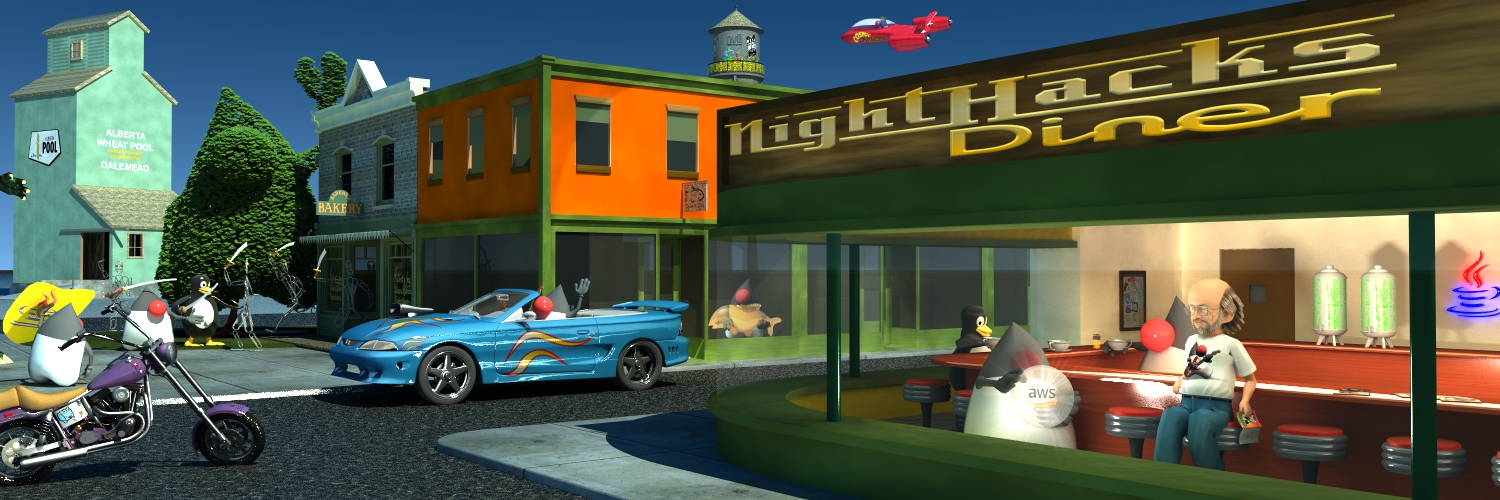Boiling oceans
For the last couple of months I've been involved with stuff at work that didn't make good blog material. I've done a lot of helping out on project reviews and kibbitzing on planning. At this point in the process, where we've got a pretty clear picture of the shape and direction of things, I'm pretty happy with how it's all turned out. A tough process, but an important one to go through.Several times I couldn't help but think of one of my favorite principles of engineering that is all-too-often forgotten:
A journey of a thousand miles begins with a single step.While this quote may be so commonplace as to be trite, it is too often forgotten. There is a note about this quotation that seems especially relevant:
Although this is the popular form of this quotation, a more correct translation from the original Chinese would be "The journey of a thousand miles begins beneath one's feet." Rather than emphasizing the first step, Lau Tzu regarded action as something that arises naturally from stillness. Another potential phrasing would be "Even the longest journey must begin where you stand." [note by Michael Moncur, September 01, 2004]At Sun we use the term "boiling oceans" to refer to trying to do something impossibly hard all at once. It's an especially silly thing to do if all you really want is a kettle of hot water for tea. Engineering projects too often fall into the trap of over-generalizing, trying to solve problems that folks might concievably have, building things so large and elaborate on day 1 that they never get off the ground. It is always better to start with a first step. Then a second. And on...
One of the big sources of the problem is confusing a vision with a to-do list. Implicit in taking the first step in a journey of a thousand miles is that you have to have some clue about where you're going. That's the role of a vision for a project. It's seductive to take the vision and turn it into a to-do list. But grand visions lead to insane to-do lists. The art of breaking them down into manageable steps can be a tough one.
Visions are notoriously slippery things. Your vision of a good place to go, of the right target for a project, is heavily dependent on the time and place where you are standing and looking out. With every step on a journey of a thousand miles you see things from a slightly different vantage point. Your vision adjusts. Your goal shifts. For me, that is one of the most exciting aspects of a project: I start out with an intent, with a vision of where I hope to end up, but the true destination unfolds in fascinating and surprising ways.
| August 9, 2006 |
